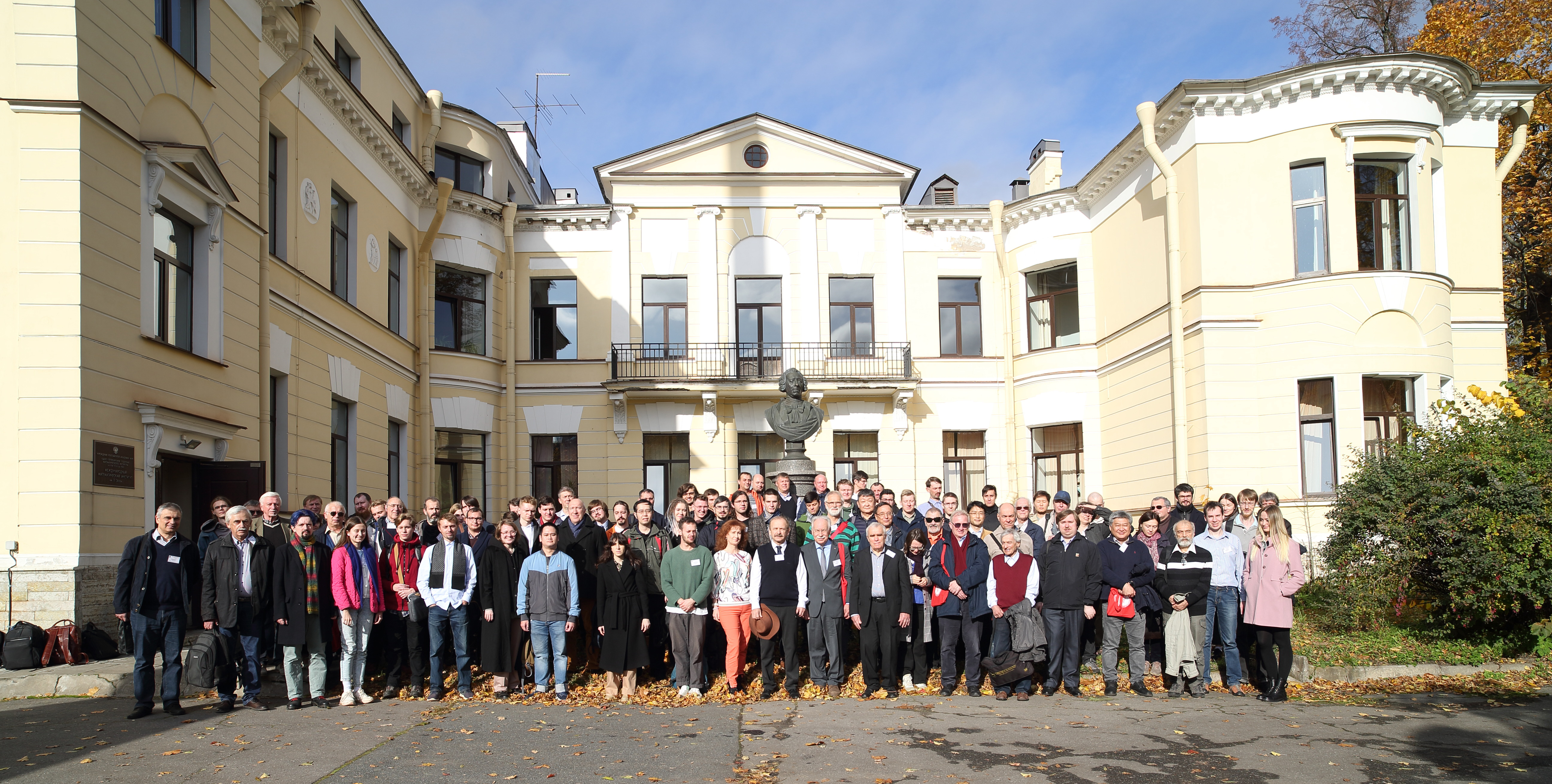Conference and Workshop in Saint Petersburg
News, 10 October 2022
Today, on 10 October, the VII International Conference “Models in Quantum Field Theory” (MQFT-2022) has started. 134 participants in the MQFT-2022 conference, co-organized with JINR, will discuss applications of QFT methods to the elementary particle physics and statistical physics, gravitation and cosmology, mathematical problems, and integrable models. International Workshop “Lattice and Functional Techniques for QCD” accompanies the conference.
The special importance in MQFT-2022 is placed upon the methods and approaches created and developed by the researchers of “Vasiliev scientific school”, the school of theoretical physics that was established by Alexander Nikolaevich Vasiliev and has since then aquired an international scope. This year the conference will include an extended section on the mathematical foundations of quantum field theory that is dedicated to the 80th anniversary of professor Vladimir Dmitrievich Lyakhovsky (1942-2020), who was the organizer of the first MQFT conferences. In this section, there will be presentations on representation theory, symmetries in QFT, quantum integrable systems, quantum groups.
MQFT is a biennially international conference that has been held since 2007. The conference attracts the most distinguished members of the world-famous centres for theoretical physics. The conference is organized by the Joint Institute for Nuclear Research, Saint Petersburg State University, Leonhard Euler International Mathematical Institute, B.P. Konstantinov Petersburg Nuclear Physics Institute of the National Research Centre “Kurchatov Institute”.
This year the Joint Institute organizes the III International Workshop “Lattice and Functional Techniques for QCD” as a satellite event of MQFT-2022. This Workshop is the third meeting specifically devoted to the functional and lattice QCD. It aims at bringing together practitioners of QCD lattice thermodynamics with specialists developing functional continuum approaches. Among the tasks of the meeting is to chart promising areas of collaboration or to continue already ongoing collaboration, mainly with the aim to extend the abilities of functional QFT methods and lattice QCD simulations.
